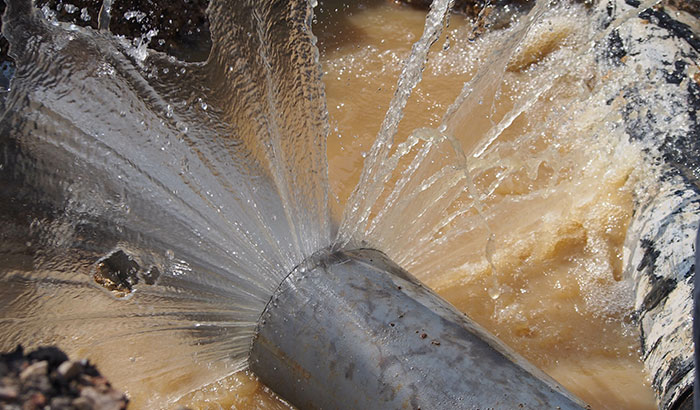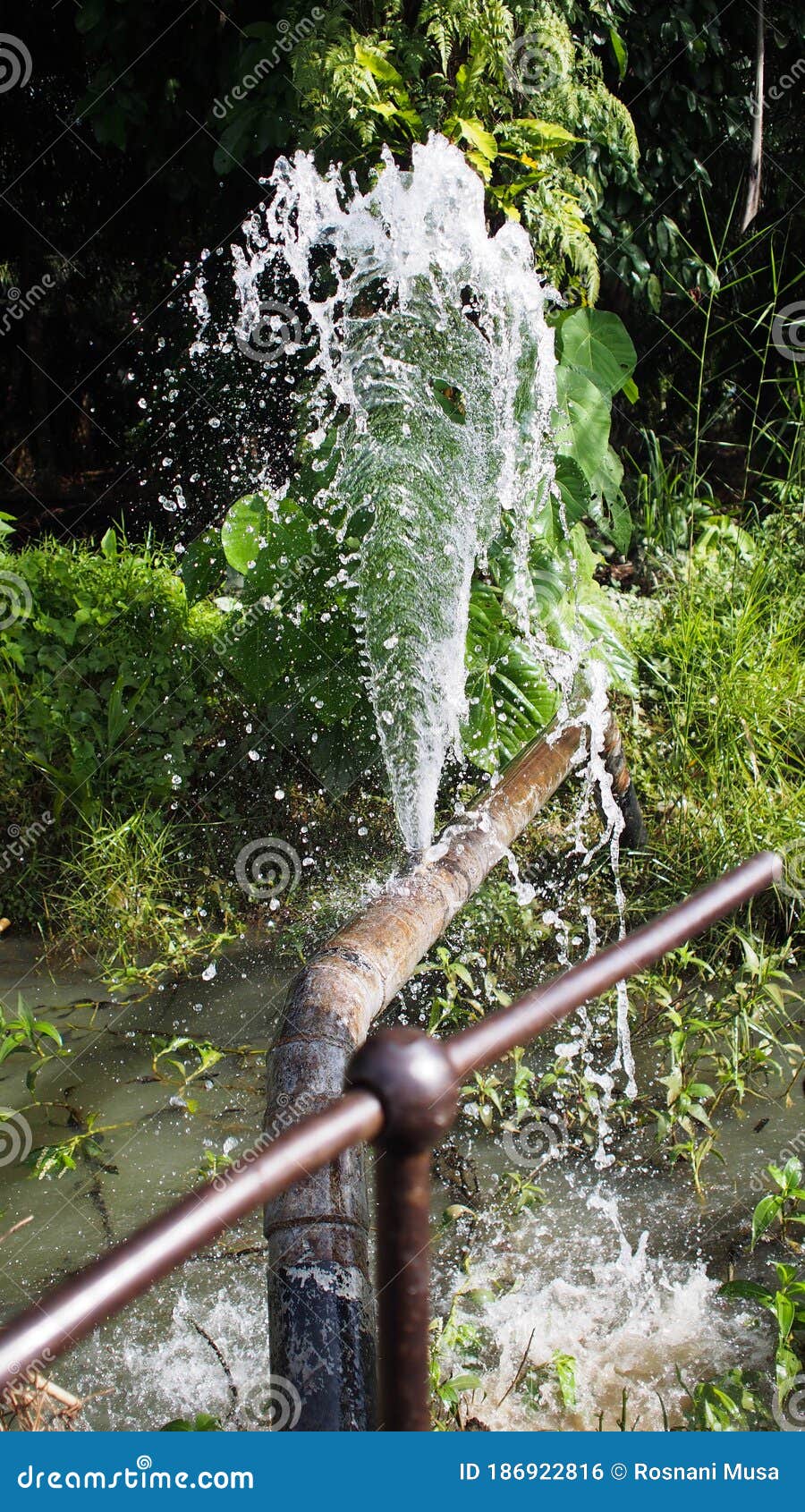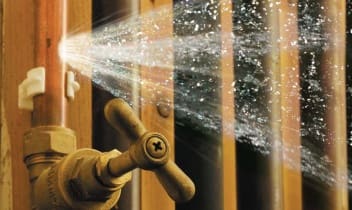What to Do When a Pipeline Bursts: Immediate Tips for House Owners
A pipeline burst can be a property owner's worst headache, resulting in substantial damage otherwise attended to promptly. The instant reaction is essential: initially, locate the resource of the leak and shut down the major water shutoff to avoid more flooding. Following this, draining pipes the pipes becomes essential to mitigate added issues. Lots of house owners forget the value of documenting the damage for insurance policy cases, and the procedure does not end there. Understanding the thorough steps to take can have a profound effect on recovery and reconstruction initiatives. What complies with following is imperative for efficient resolution.

Evaluate the Situation
Begin by recognizing the source of the leak; this may involve examining the location around the burst pipe for visible signs of water escape. If the burst happened in a concealed area, such as within a wall or under a floor, look for water spots or pooling that may indicate the location.
Examine for electrical cables that might be subjected to water, as this postures a considerable threat of electrocution. Additionally, take note of any kind of valuable products or furnishings that may be at danger of water damages.
Documenting the damage via photographs can likewise be beneficial, especially for insurance claims. Time is of the significance, as standing water can lead to mold development and more structural damage. By completely analyzing the situation, you will be much better prepared to take the essential steps to reduce additional concerns arising from the burst pipe.
Turn Off the Water
The instant top priority after recognizing a burst pipe is to turn off the supply of water to stop more flooding and damages. Locate the main shut-off valve, generally discovered near the water meter, in the basement, or on an exterior wall. Turning this valve clockwise will stop the flow of water throughout your home, reducing the danger of comprehensive water damage.
If you are not able to discover the primary shut-off valve or if it is malfunctioning, you may require to close off specific shutoffs linked to the impacted pipe, if accessible. Some homes also have secondary shutoffs for certain home appliances, such as washing devices or dishwashers.
It's suggested to acquaint yourself with the location of these shutoffs before an emergency takes place, as this expertise can save valuable time throughout a dilemma. In case the major shutoff is stuck or challenging to turn, do not compel it; instead, consider looking for professional aid.
When the supply of water is turned off, take a minute to evaluate the scenario additionally while preparing for the following steps, ensuring that your home is as safe and secure as possible from added water invasion.
Drain Pipes the Pipes
After turning off the water system, it is very important to drain pipes the pipes to reduce any kind of remaining water that can lead to added damage. Begin by opening all taps in the home, beginning with the highest degree to the most affordable. This procedure encourages the water to drain completely, enabling gravity to aid in removing residual water from the pipelines.

Be cautious when draining warm water, as it can create burns. Allow the water to exit up until the flow discontinues. Make use of towels or a damp vacuum cleaner to soak it up if you observe any kind of remaining water pooling. Appropriately draining pipes the pipelines is crucial to stop more difficulties and aids protect your home from extra water damages during this difficult scenario.
Contact a Professional
Following a burst pipe, getting in touch with a professional plumbing is essential to ensure a thorough analysis and reliable repair services. Attempting to handle the scenario without experienced aid can lead to more damage and complications. A certified plumbing professional possesses the know-how and specialized tools essential to determine the origin of the leak and address it effectively.
When selecting a plumber, focus on those with a strong online reputation and relevant experience in emergency situation plumbing solutions. Checking on the internet testimonials, acquiring references, and verifying qualifications can help you make an educated choice. It is a good idea to contact several specialists to compare reaction times, approximated costs, and service offerings.
As soon as you have engaged a plumbing technician, offer them with as much info as feasible concerning the case, including the place of the ruptured pipe and the steps you have currently taken. This info will assist them in identifying the concern promptly and accurately.
Paper the Damage
When a plumbing technician has been gotten in touch with and the immediate concerns addressed, it is vital to record the damages triggered by the burst pipeline. Begin by taking clear photos of the impacted areas, concentrating on noticeable damage to wall surfaces, floor covering, and furnishings.
Next, assemble an in-depth listing of damaged things, including their approximate value and any pertinent acquisition information. This supply must encompass irreversible components, personal items, and any type of structural damages observed. Include the approximated cost of repair services based on professional analyses or previous quotes for similar job. if possible.
In addition to aesthetic and written documents, maintain documents of any kind of interactions with your plumber and insurance coverage supplier. By taking these actions, you will certainly be much better prepared to navigate the aftermath of the event.

Conclusion
Immediate assessment of the situation, complied with by closing off the major water supply, is crucial. Draining the pipelines and documenting the damage makes sure correct handling of the event for insurance purposes.
The instant top priority after determining a ruptured pipeline is to close off the water supply to protect against additional flooding and damage. Transforming this shutoff clockwise will stop the circulation of water throughout your home, alleviating the danger of extensive water damages.
After shutting off the water supply, it is essential to drain pipes the click for more pipelines to reduce any kind of continuing to be water that might lead to additional damages. For homes with a hot water heating system, you must also drain pipes the storage tank by connecting a pipe to the drain shutoff and guiding the water right into an appropriate container or exterior.
Appropriately draining the pipes is critical to stopping further difficulties and helps guard your home from extra water damages during this difficult situation.